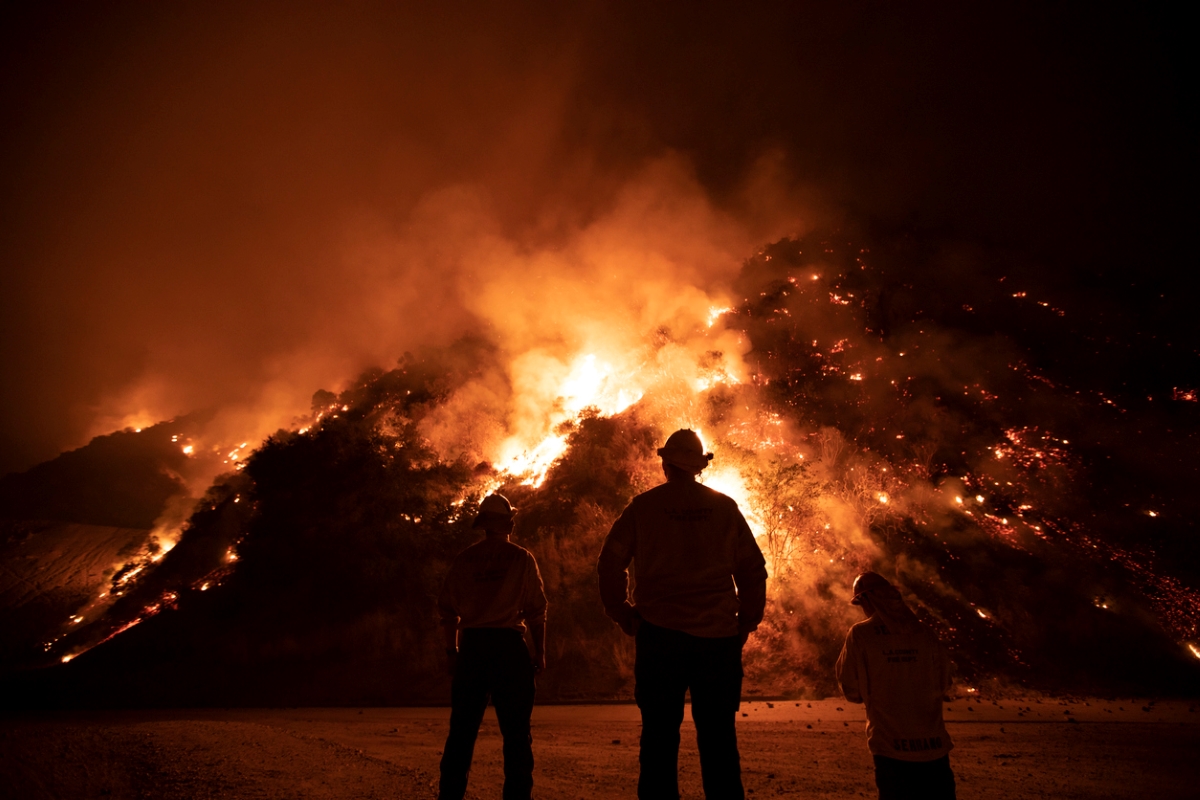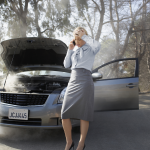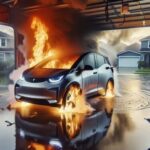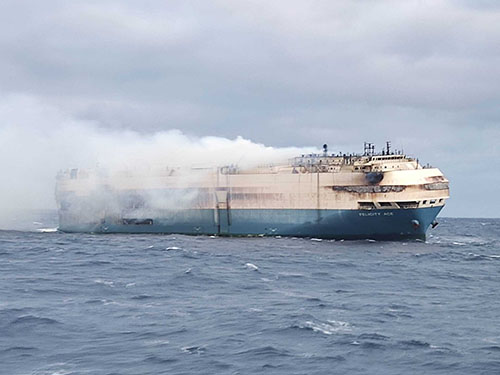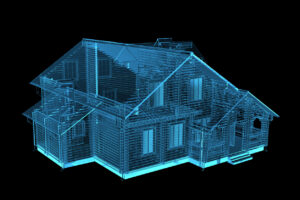The devastating wildfires in Los Angeles have raised concerns among electric vehicle (EV) owners about their reliability during emergencies. With the most registered electric cars in the country, at approximately 1.3 million, California wildfires are a difficult demonstration of the current safety concerns around electric vehicles.
Challenges for EV Owners
Natural disasters such as wildfires often lead to power outages as utilities shut off electricity to prevent fires. In situations when there is a brief notice that power will be shut off, EV owners have limited time to charge their car batteries. Then, when evacuation orders are issued, they cannot travel far distances to evacuate. EVs have a limited range compared to gasoline vehicles, which pose a challenge if evacuees need to travel long distances.
Additionally, during emergencies, public charging stations on evacuation routes could experience massive lines or be inoperable due to turned-off electric grids to prevent the spark of fires.
Challenges for Firefighters and Clean Up Efforts
Lithium-ion batteries that power electric vehicles burn at extremely high temperatures and are classified as Class B fires, necessitating that firefighters must take extra precautions to extinguish EV fires. Lithium-ion batteries can experience a thermal runaway process, a chain reaction that generates extreme heat and pressure. The thermal runaway process frequently leads to ignition and release of toxic gases that will perpetuate unless handled appropriately.
Furthermore, inhaling fumes from electric vehicle fires increases the risk of chemical burns in natural disasters such as the 2025 L.A. Wildfires. The disposal of battery packs for L.A. firefighters poses a significant risk because of a lithium-ion battery’s ability to reignite, which can extend a natural disaster’s clean-up period.
Car Manufacturer’s Response
Many car manufacturers like Ford and Hyundai are increasing their focus on hybrids and plug-in hybrids to address safety concerns in the event of a natural disaster.
Hybrid sales are reported to have surged as consumers seek a balance between sustainability and practicality. Consumers are considering their local infrastructure’s current capacities to charge electric vehicles during emergency situations.
Key Takeaways
While EVs remain critical for reducing emissions, disasters like wildfires highlight consumers' safety concerns about charging infrastructure and reliable power grids.
As Electric Vehicle owners, be prepared for evacuation and emergency conditions by pre-emptively charging your EV. Additionally, emergency services look to institute proper precautions when handling EV fires and disaster clean-ups with EV batteries to ensure safety.
CED Technologies' team of expert engineers has extensive experience in mechanical, electrical, chemical, civil, and fire science and possesses the expertise necessary to analyze electric vehicle incidents after natural disasters. Our engineers are skilled at thoroughly documenting and preserving accident sites, collecting and retaining critical evidence, and conducting scientific investigations to explain the incident scenario. Contact CED Technologies for expert engineering support in your electric vehicle cases.
